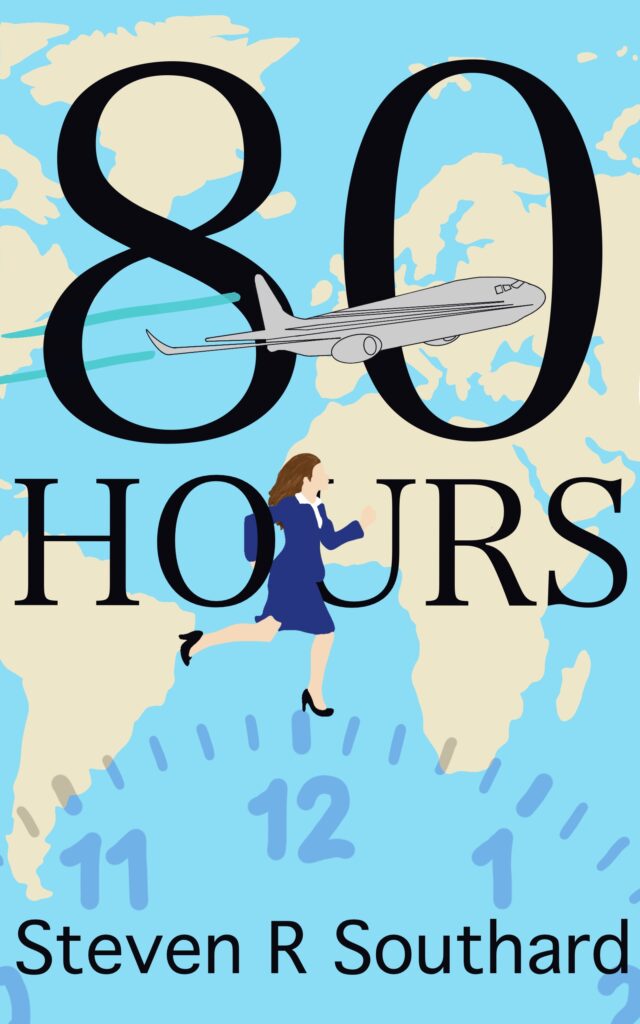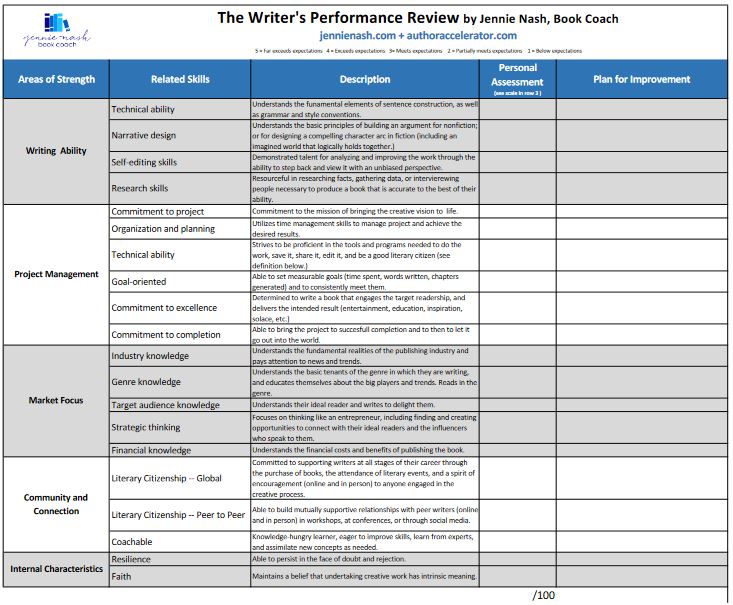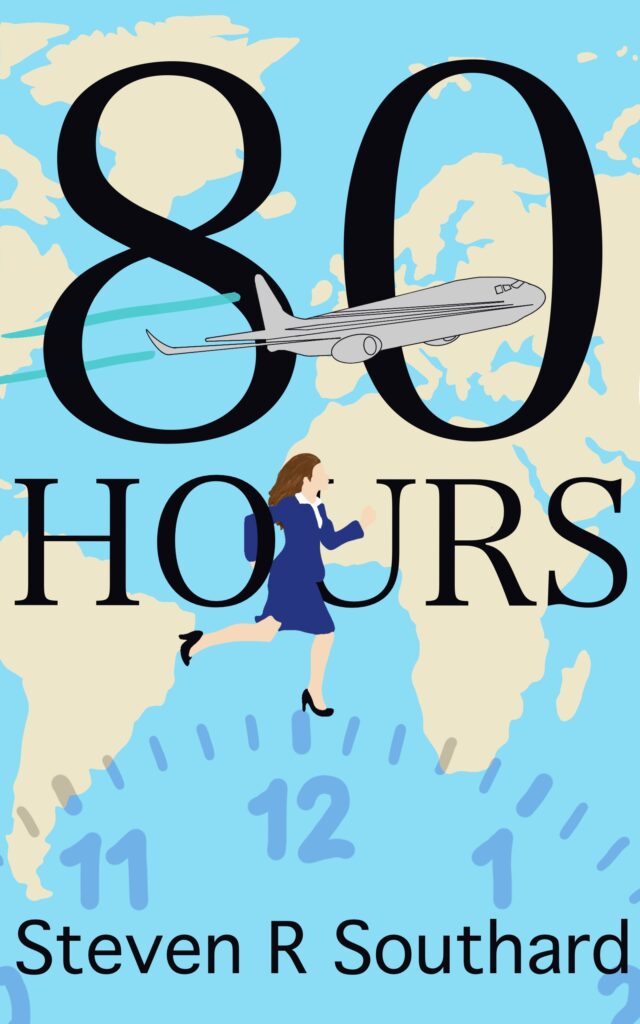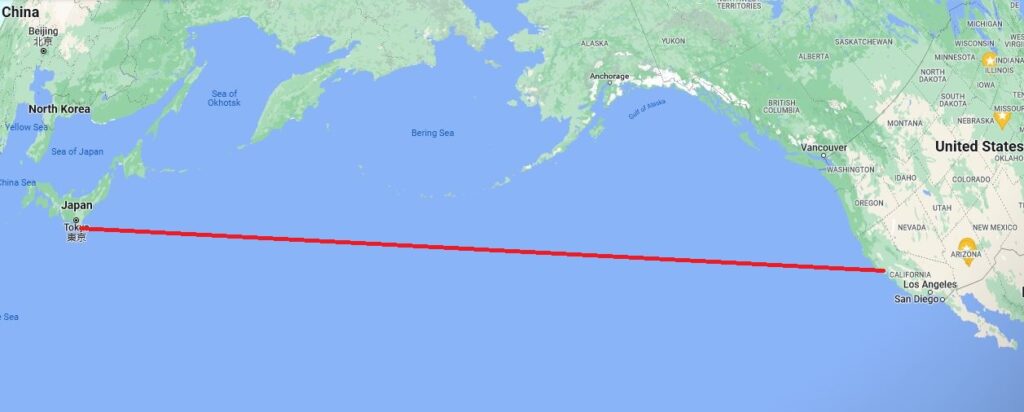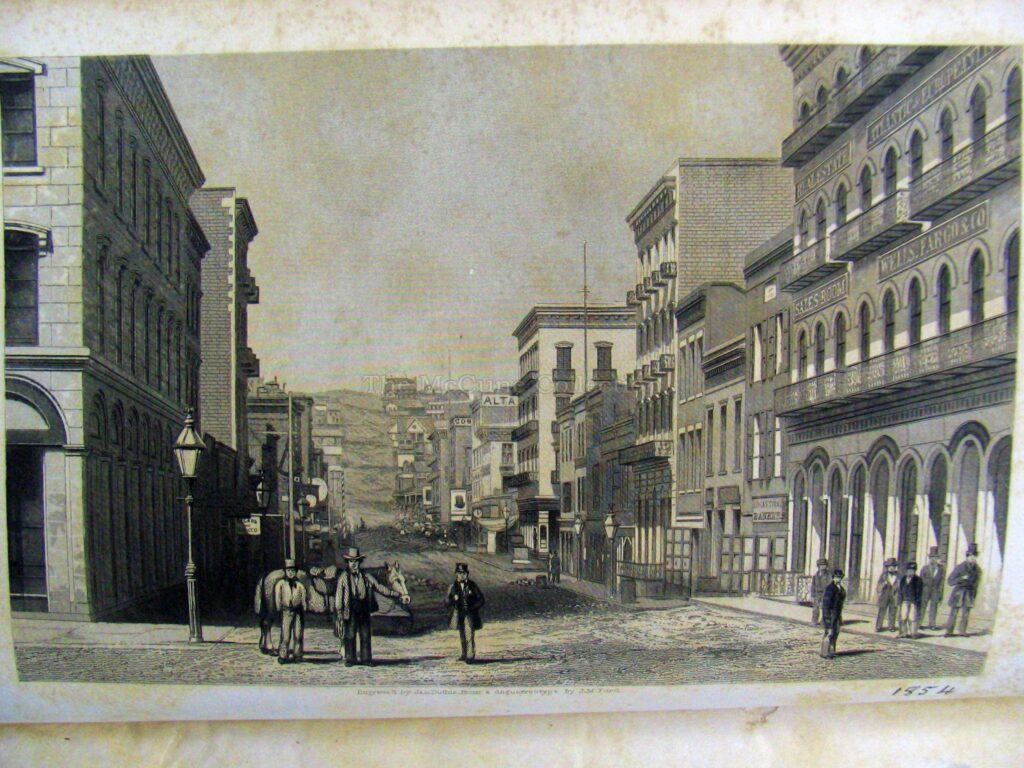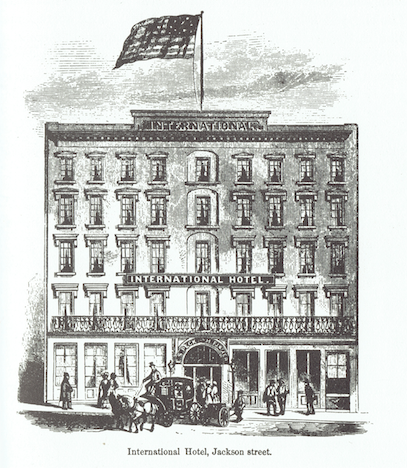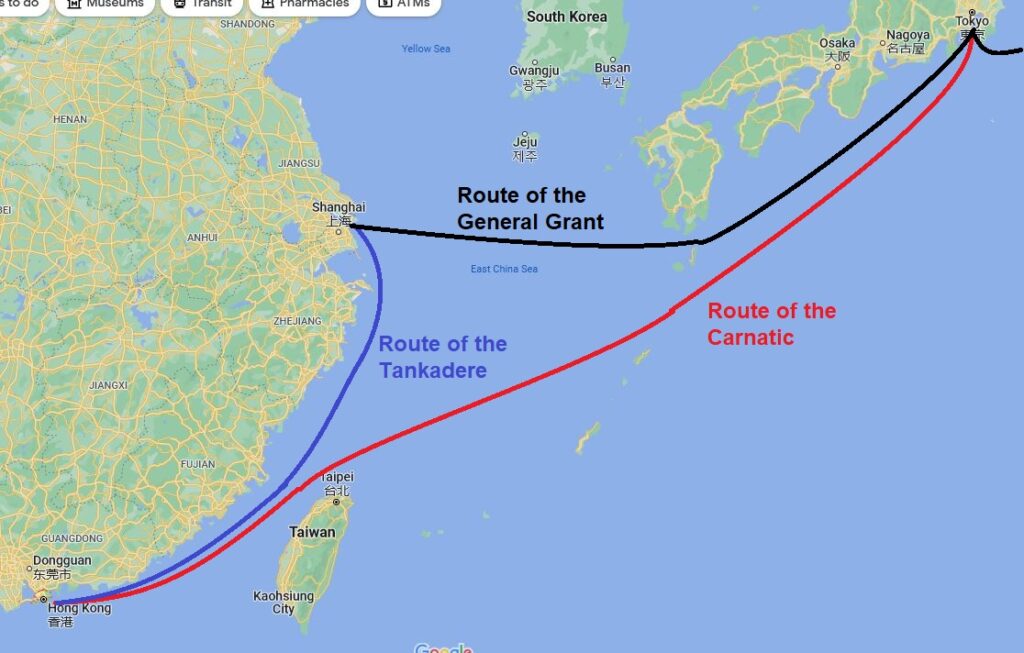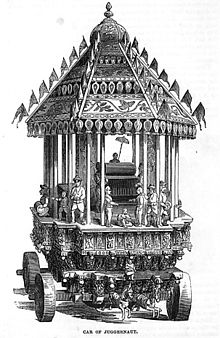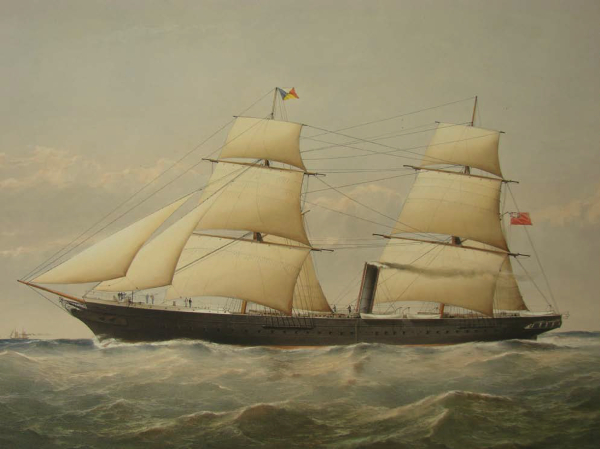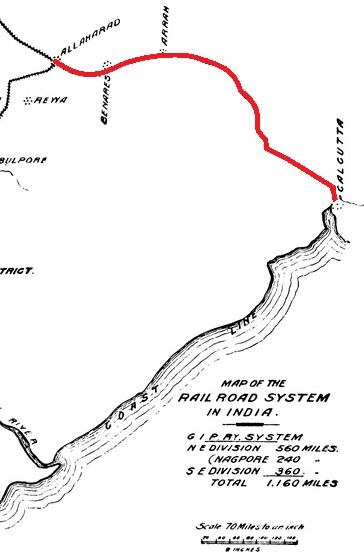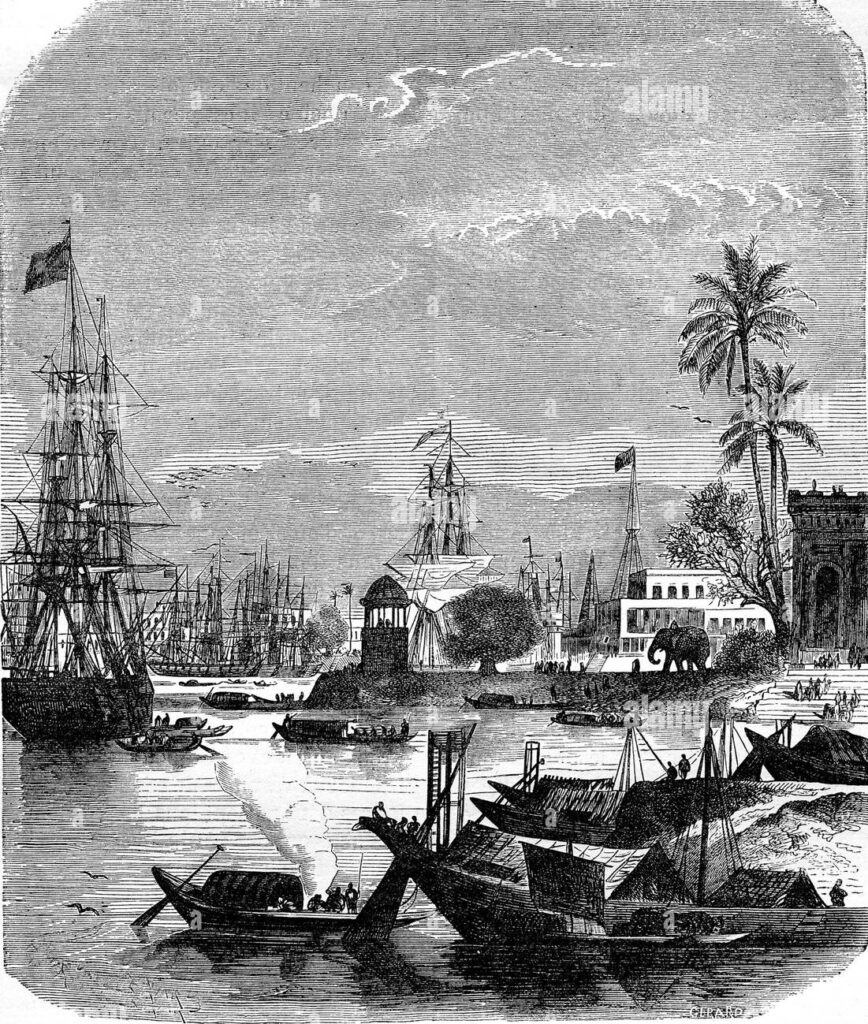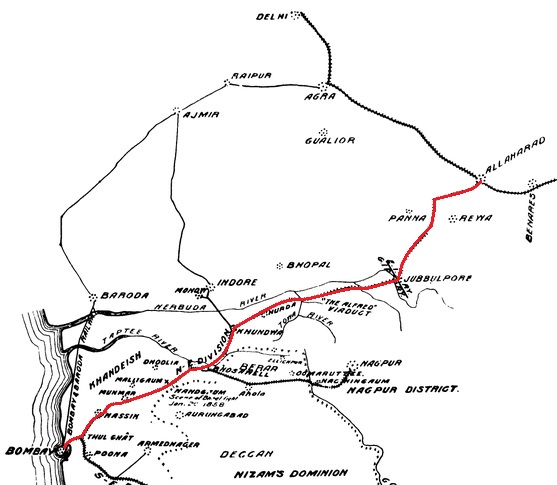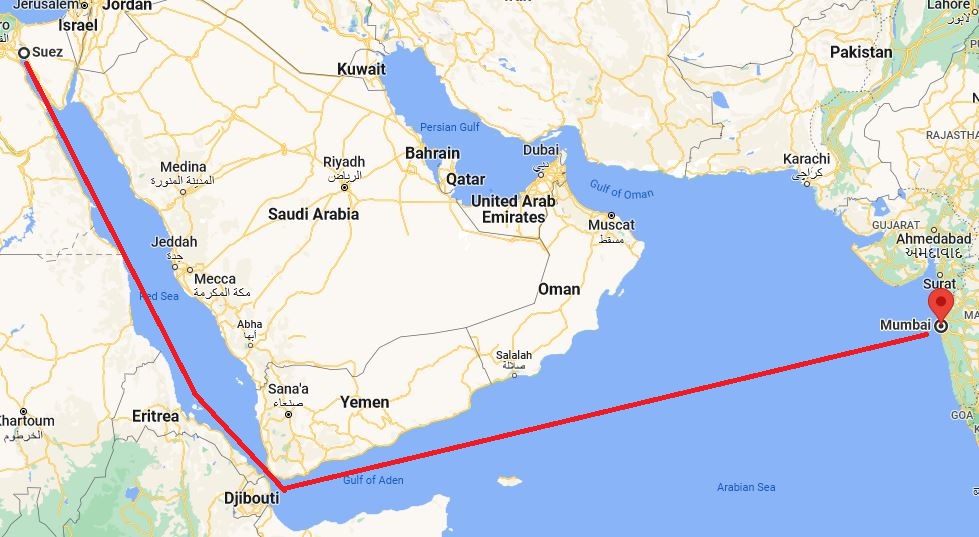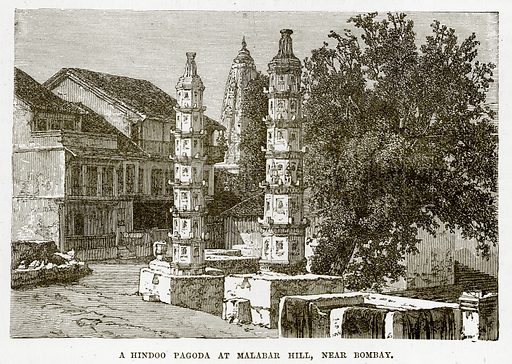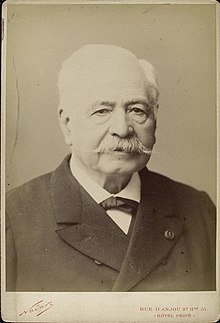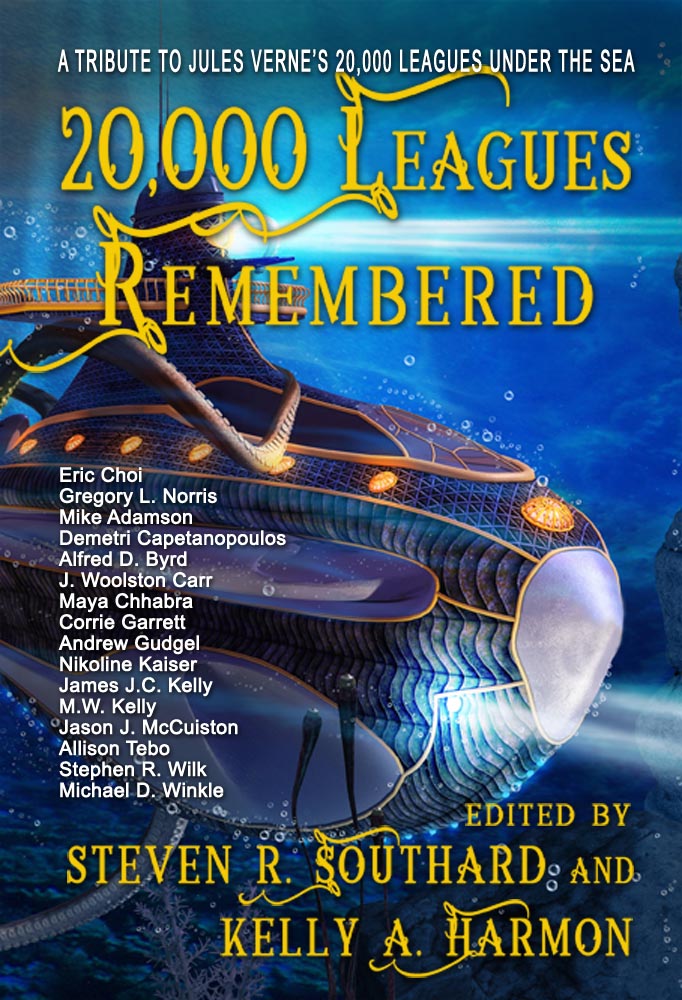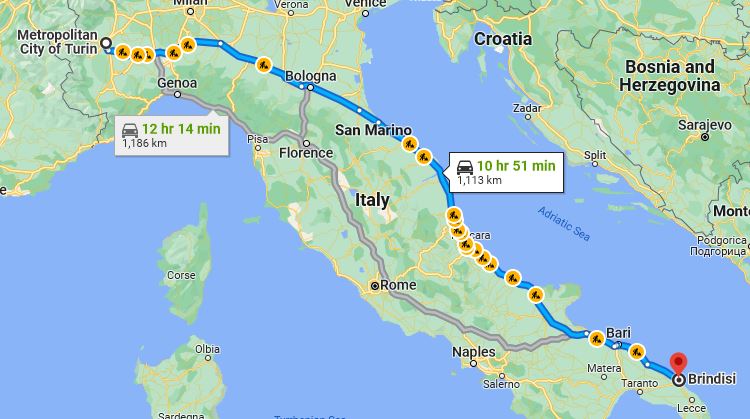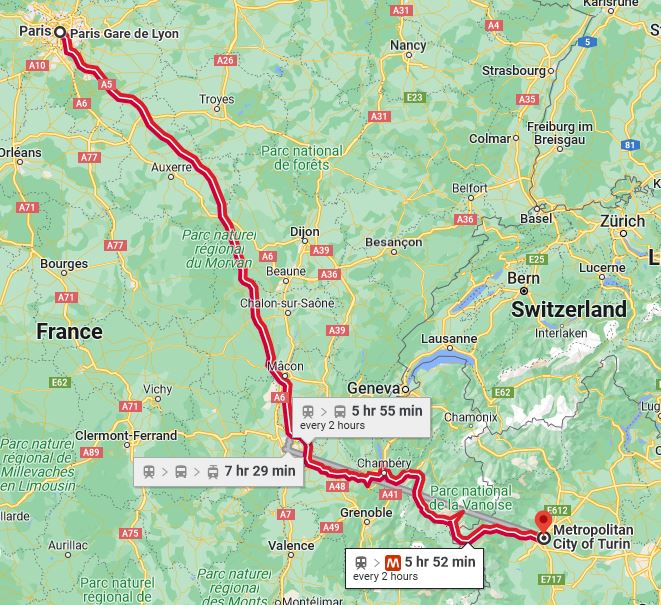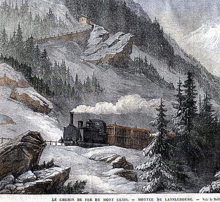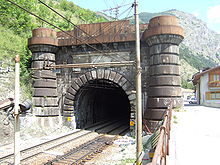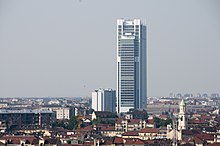Few events excite us as much as a race, a competition of speed. Sports fans love racing. Readers love to read about races, and writers rush to fill that need.

For this post, I use the term ‘race’ to mean a contest of speed, not a means of differentiating people based on physical characteristics.
In fiction, a race allows a writer to introduce thrills and tension, to reveal a character’s traits, and to heighten conflict. Races often pit the protagonist against either an antagonist or against the steady ticking of a clock, which becomes a sort of inanimate antagonist.
Often, fictional racers compete for high stakes—a prize of some sort, or defeat of an internal demon, or even the character’s life.
A quick search revealed many books featuring a race, a tiny sampling. I’ll list the ones I found by category.
- Footrace (Flanagan’s Run by Tom McNab, The Running Man by Richard Bachman/Stephen King)
- Boat (Around the World in Eighty Days by Jules Verne)
- Auto (Thunder Road by William Campbell Gault, Return to Daytona by W.E. Butterworth, The Twelve-Cylinder Screamer by James McM. Douglas, Hover Car Racer by Matthew Reilly)
- Bicycle (Bad to the Bone by James Waddington, The Rider by Tim Krabbé)
- Horse Racing (Iliad by Homer [chariot racing], Seabiscuit by Laura Hillenbrand, Thinking Racehorse by Jimmy Tudeski
- Swimming (Swimming by Nicola Keegan, The Sea of Light by Jenifer Levin, Barracuda by Christos Tsiolkas)
Techniques used in fictional race stories may include:
- competitors sizing each other up before the start;
- a large crowd, including characters of importance to the protagonist;
- lead changes during the race;
- emotional swings as the protagonist experiences sadness or dread at the thought of losing, and exhilaration and joy about the likelihood of winning;
- a breakdown or falter by the protagonist, perhaps caused by the antagonist;
- a redoubling of effort by the protagonist near the end, digging deep, going beyond previously assumed capabilities;
- a close, disputed finish;
- an overturning of the race results based on a rule violation or some other plot contrivance; and
- the protagonist winning or losing the race, and learning something valuable.
Races form a central part of the plot in two of my stories.
In “The Wind-Sphere Ship,” two triremes race each other, one powered by rowers and the other by steam. An alternate history (or more accurately, a ‘secret history’) tale, it imagines the Roman inventor Heron converting his steam-powered ‘wind-sphere’ toy into a means of propelling a ship.
My story 80 Hours pits a protagonist against the clock. She accepts a TV game show challenge to travel around the world in eighty hours for a prize of $3 Million.
If you’re a writer stuck for an idea, consider a story about a race of some sort. Feel your adrenaline flowing. Step up to the line. On your mark. Get set. Go! See if you can outrace—
Poseidon’s Scribe


